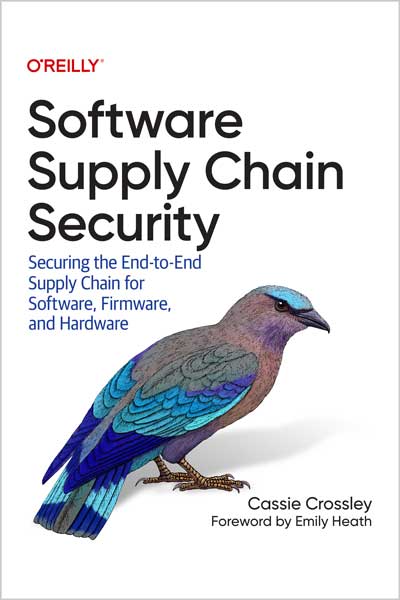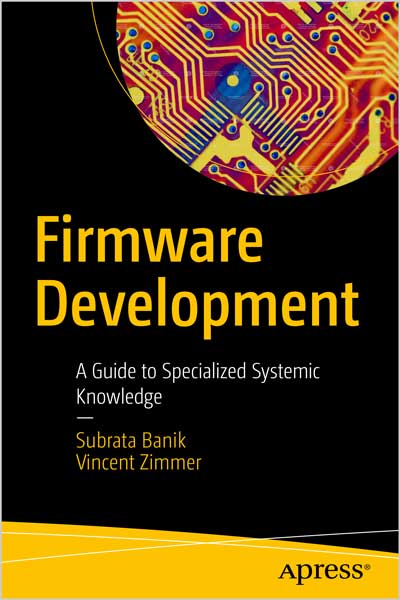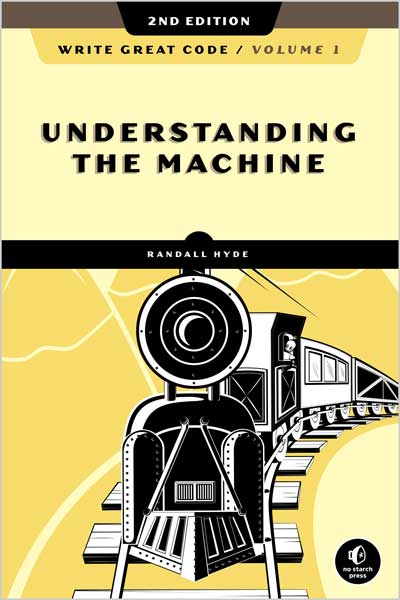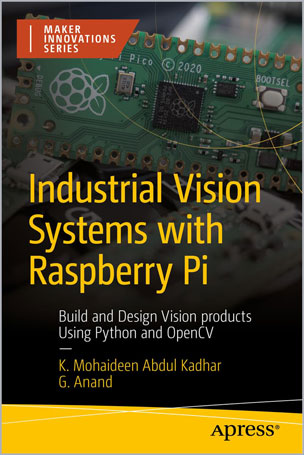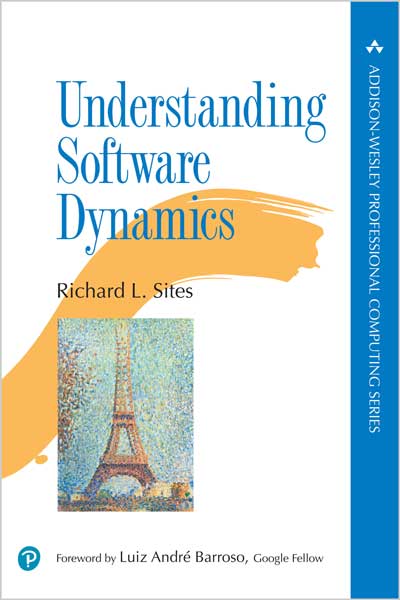Volume 1: x86-64 Machine Organization and Programming
Randall Hyde
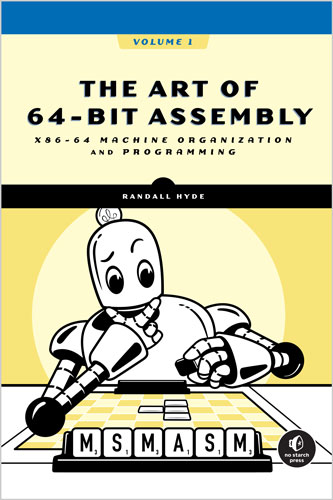
#64-Bit
#Assembly
#HLL
#Microsoft
#MASM
#Assembly_Language
کتاب جدیدی در زمینه برنامهنویسی اسمبلی از یک استاد شناختهشده و محبوب منتشر شده است.
"هنر برنامهنویسی اسمبلی ۶۴ بیتی" بر پایه موفقیت ماندگار کتاب شاخص «هنر برنامهنویسی اسمبلی» اثر رندال هاید شکل گرفته است.
کتاب «هنر برنامهنویسی اسمبلی» سالها منبع اصلی یادگیری زبان اسمبلی بوده و اکنون اثر جدید هاید، «هنر برنامهنویسی اسمبلی ۶۴ بیتی» نسخه بهروز شده و ۶۴ بیتی همان متن محبوب است. این کتاب شما را در مسیر یادگیری برنامهنویسی اسمبلی راهنمایی میکند و نشان میدهد چگونه میتوان کدی در اسمبلی نوشت که رفتار آن مشابه عملیات در زبانهای سطح بالا (HLL) باشد. با این رویکرد، میتوانید با تکیه بر دانش زبانهای سطح بالای خود، بهسرعت اسمبلی x86-64 را درک کنید.
این اثر جدید از Microsoft Macro Assembler (MASM)، محبوبترین اسمبلر x86-64، استفاده میکند. هاید در آن مجموعه کامل دستورالعملهای عدد صحیح، واحد محاسبات ممیز شناور x87 (FPU)، دستورالعملهای موازی SIMD، دستورالعملهای اسکالر SIMD (شامل دستورالعملهای پرکاربرد ممیز شناور با کارایی بالا) و قابلیتهای قدرتمند ماکروی MASM را پوشش میدهد.
در این کتاب بهصورت دقیق خواهید آموخت:
- پیادهسازی ساختارهای داده و کنترل زبانهای سطح بالا در اسمبلی
- نوشتن الگوریتمهای موازی با استفاده از دستورالعملهای SIMD (یک دستور، چند داده) در معماری x86-64
- نوشتن برنامههای مستقل اسمبلی و کدی که بتوان آن را با زبانهای سطح بالا لینک کرد
- بهینهسازی برخی الگوریتمها در اسمبلی برای تولید کد سریعتر
A new assembly language programming book from a well-loved master. Art of 64-bit Assembly Language capitalizes on the long-lived success of Hyde's seminal The Art of Assembly Language.
Randall Hyde's The Art of Assembly Language has been the go-to book for learning assembly language for decades. Hyde's latest work, Art of 64-bit Assembly Language is the 64-bit version of this popular text. This book guides you through the maze of assembly language programming by showing how to write assembly code that mimics operations in High-Level Languages. This leverages your HLL knowledge to rapidly understand x86-64 assembly language.
This new work uses the Microsoft Macro Assembler (MASM), the most popular x86-64 assembler today. Hyde covers the standard integer set, as well as the x87 FPU, SIMD parallel instructions, SIMD scalar instructions (including high-performance floating-point instructions), and MASM's very powerful macro facilities. You'll learn in detail: how to implement high-level language data and control structures in assembly language; how to write parallel algorithms using the SIMD (single-instruction, multiple-data) instructions on the x86-64; and how to write stand alone assembly programs and assembly code to link with HLL code. You'll also learn how to optimize certain algorithms in assembly to produce faster code.
Table of Contents
Part I: Machine Organization
Chapter 1: Hello, World of Assembly Language
Chapter 2: Computer Data Representation and Operations
Chapter 3: Memory Access and Organization
Chapter 4: Constants, Variables, and Data Types
Part II: Assembly Language Programming
Chapter 5: Procedures
Chapter 6: Arithmetic
Chapter 7: Low-Level Control Structures
Chapter 8: Advanced Arithmetic
Chapter 9: Numeric Conversion
Chapter 10: Table Lookups
Chapter 11: SIMD Instructions
Chapter 12: Bit Manipulation
Chapter 13: Macros and the MASM Compile-Time Language
Chapter 14: The String Instructions
Chapter 15: Managing Complex Projects
Chapter 16: Stand-Alone Assembly Language Programs
Part III: Reference Material
Appendix A: ASCII Character Set
Appendix B: Glossary
Appendix C: Installing and Using Visual Studio
Appendix D: The Windows Command Line Interpreter
Appendix E: Answers to Questions
About the Author
Randall Hyde is an embedded software engineer who has worked in the medical, nuclear, consumer
electronics, and entertainment industries. He taught assembly language programming at the University level for over 10 years and has written hundreds of thousands of lines of assembly code for embedded and commercial applications over the years.

